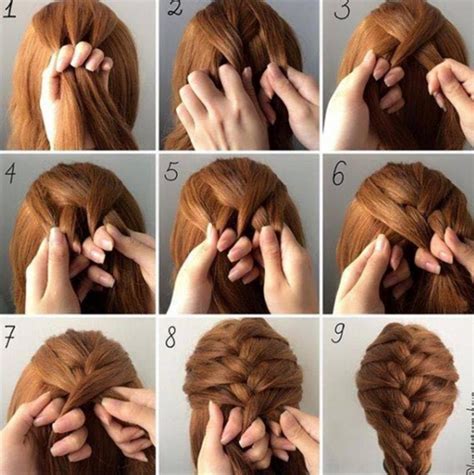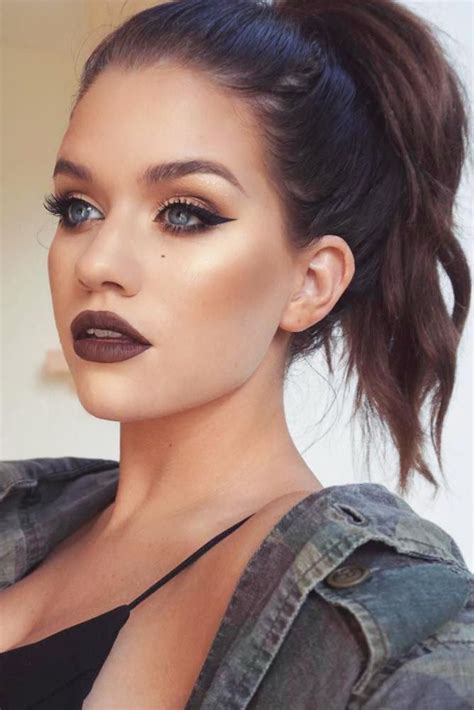Discover the benefits of scalp exfoliation, how to choose the right product, and step-by-step techniques for healthy hair. Plus, precautions for effective exfoliation.
Understanding scalp exfoliation
Contents
Scalp exfoliation is the process of removing dead skin cells, oil, and product buildup from the scalp. This can help to promote a healthy environment for hair growth and can improve the efficacy of other hair care products. It is an important step in maintaining overall scalp health and can help to prevent issues such as dandruff and dryness.
One of the main reasons for scalp exfoliation is to remove the buildup of products that can occur over time. This buildup can contribute to a variety of scalp issues and can prevent hair follicles from receiving the necessary nutrients for healthy growth. By regularly exfoliating the scalp, you can ensure that your hair care products are able to penetrate the scalp more effectively.
When choosing a scalp exfoliating product, it is important to look for one that is gentle and specifically formulated for the scalp. Harsh exfoliants can cause irritation and dryness, so it is best to opt for a product that contains gentle exfoliating agents such as sugar or fruit acids.
It is important to note that scalp exfoliation should not be done too frequently as it can lead to irritation and damage to the scalp. It is best to start with exfoliating once a week and adjust the frequency based on how your scalp responds. If you have any pre-existing scalp conditions, it is best to consult with a dermatologist before starting a scalp exfoliation routine.
Choosing the right exfoliating product
When it comes to choosing the right exfoliating product for your scalp, it’s important to consider the specific needs of your skin. Different exfoliating products are formulated with various active ingredients, and finding the right one for your scalp can make a big difference in the effectiveness of the exfoliation process. Whether you have oily, dry, or sensitive scalp, there are exfoliating products designed to target your specific concerns.
One important factor to consider when choosing an exfoliating product for your scalp is the type of exfoliant used in the product. There are two main types of exfoliants: physical and chemical. Physical exfoliants typically contain granules or beads that physically scrub away dead skin cells, while chemical exfoliants use acids or enzymes to dissolve and remove dead skin cells. Depending on your skin type and preference, you may choose a product that contains either type of exfoliant.
It’s also crucial to look for exfoliating products that are formulated with moisturizing ingredients to prevent the scalp from becoming overly dry or irritated. Ingredients such as aloe vera, hyaluronic acid, and glycerin can help to maintain the scalp’s hydration levels and reduce any potential dryness or discomfort that may result from exfoliation. Additionally, it’s important to avoid products that contain harsh or drying agents, as these can exacerbate scalp issues and lead to further irritation.
Furthermore, when choosing an exfoliating product for your scalp, it’s important to consider any fragrance or allergen sensitivity you may have. Opting for fragrance-free or hypoallergenic products can help minimize the risk of irritation or allergic reactions, especially if you have sensitive skin. Reading the ingredient list and conducting a patch test before using a new exfoliant can help you identify any potential allergens or irritants and ensure that the product is safe for use on your scalp.
Finally, consider the efficacy and convenience of the exfoliating product. Look for products with high percentages of active exfoliating ingredients, as these are more likely to deliver noticeable results. Additionally, consider the application method and frequency of use that fits into your regular hair care routine. Whether you prefer a scrub, mask, or serum, choosing a product that aligns with your preferences and lifestyle can make the exfoliation process easier and more enjoyable.
Step-by-step exfoliation technique
Exfoliating the scalp is an important part of maintaining a healthy hair and scalp. To effectively exfoliate your scalp, you can follow these step-by-step technique:
Step 1: Choose the right exfoliating product
Start by choosing the right exfoliating product for your scalp. Look for a product that contains gentle exfoliants such as salicylic acid or alpha hydroxy acids (AHAs) that can help to remove dead skin cells and unclog hair follicles.
Step 2: Apply the exfoliating product
Apply the exfoliating product directly to your scalp, massaging it in gently with your fingertips. Make sure to cover the entire scalp, paying extra attention to areas that are prone to build-up such as the crown and the hairline.
Step 3: Let the product sit
Allow the exfoliating product to sit on your scalp for the recommended amount of time, following the instructions on the product packaging. This will give the active ingredients in the product enough time to work their magic.
Benefits of regular scalp exfoliation
Regular scalp exfoliation can provide numerous benefits for the health and appearance of your hair and scalp. By removing dead skin cells and product buildup, exfoliation promotes a healthier environment for hair growth. It can also help to prevent clogged hair follicles, which can lead to issues such as dandruff and other scalp conditions.
Additionally, exfoliating the scalp can improve blood circulation, which in turn can help to promote hair growth. The increased blood flow to the scalp can provide essential nutrients to the hair follicles, resulting in stronger, healthier hair. Exfoliation can also help to balance oil production on the scalp, leading to less greasy hair and fewer scalp issues.
Regular scalp exfoliation can also improve the effectiveness of other hair care products. By removing the barrier of dead skin cells and product buildup, exfoliation allows for better absorption of conditioners, serums, and treatments, leading to improved results. This can also lead to a reduction in product usage, as the products are able to penetrate the scalp and hair more effectively.
Finally, regular exfoliation can lead to a healthier scalp overall. By removing dead skin cells and buildup, exfoliation can help to prevent issues such as itching, flaking, and irritation. This can lead to a more comfortable and enjoyable hair care routine, as well as an overall improvement in the health and appearance of your hair.
Precautions while exfoliating the scalp
When it comes to scalp exfoliation, it is important to take certain precautions to avoid any potential damage to the scalp. First and foremost, it is crucial to be gentle while exfoliating the scalp. The scalp is a sensitive area, and aggressive scrubbing can lead to irritation and even injury. Therefore, it is important to use gentle, circular motions while exfoliating to avoid any damage to the skin.
Secondly, it is important to be mindful of the products used for exfoliating the scalp. Not all exfoliating products are suitable for the scalp, and using the wrong product can cause more harm than good. It is important to choose products specifically designed for the scalp, as these are formulated to be gentle and effective on this delicate area.
Additionally, it is important to pay attention to the frequency of scalp exfoliation. Exfoliating the scalp too often can lead to over-exfoliation, which can strip the scalp of its natural oils and disrupt the skin’s barrier function. It is recommended to exfoliate the scalp no more than once or twice a week to avoid over-exfoliation.
Furthermore, it is important to avoid exfoliating the scalp if there are any cuts, abrasions, or skin conditions present. Exfoliating these areas can exacerbate the condition and cause further irritation. It is best to wait until the area has healed before resuming scalp exfoliation.













